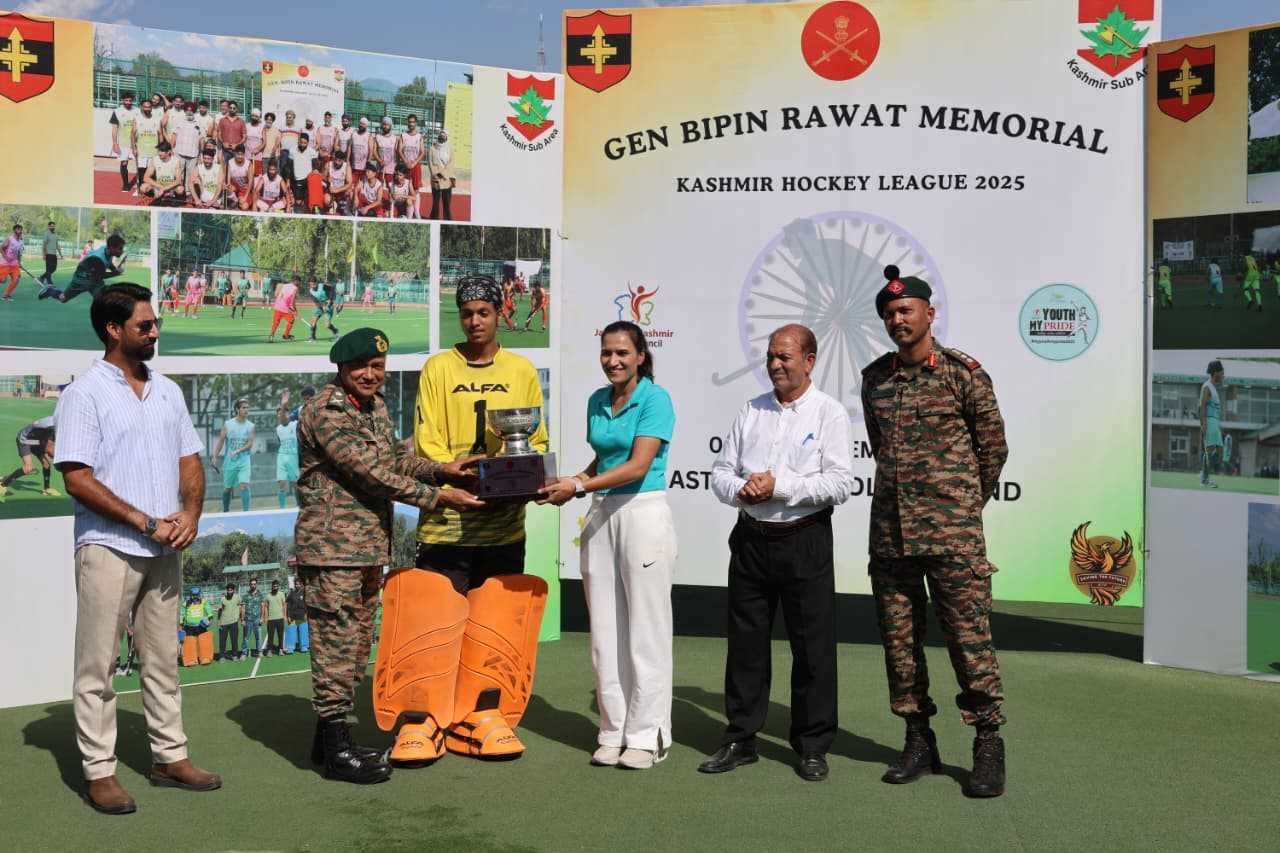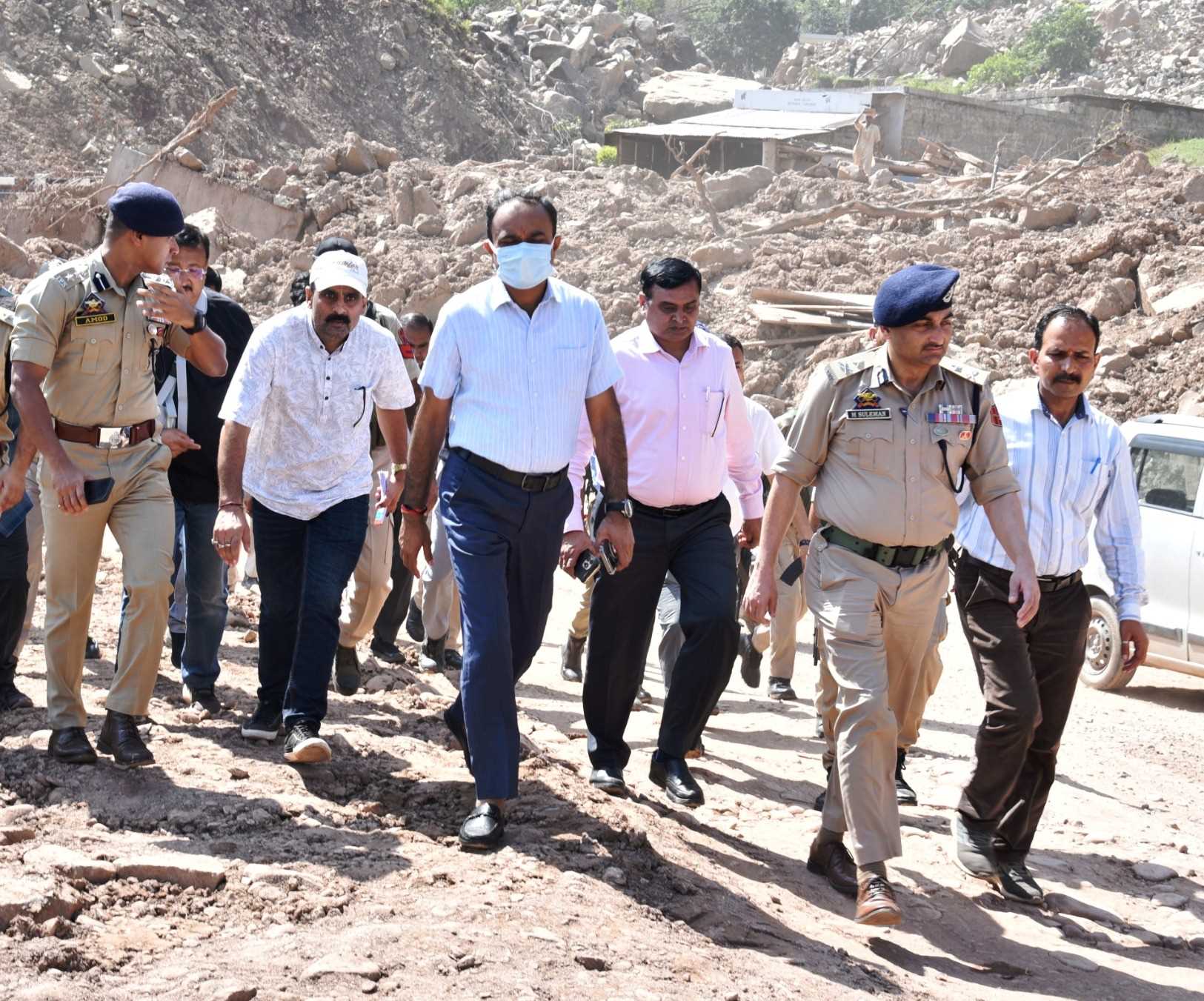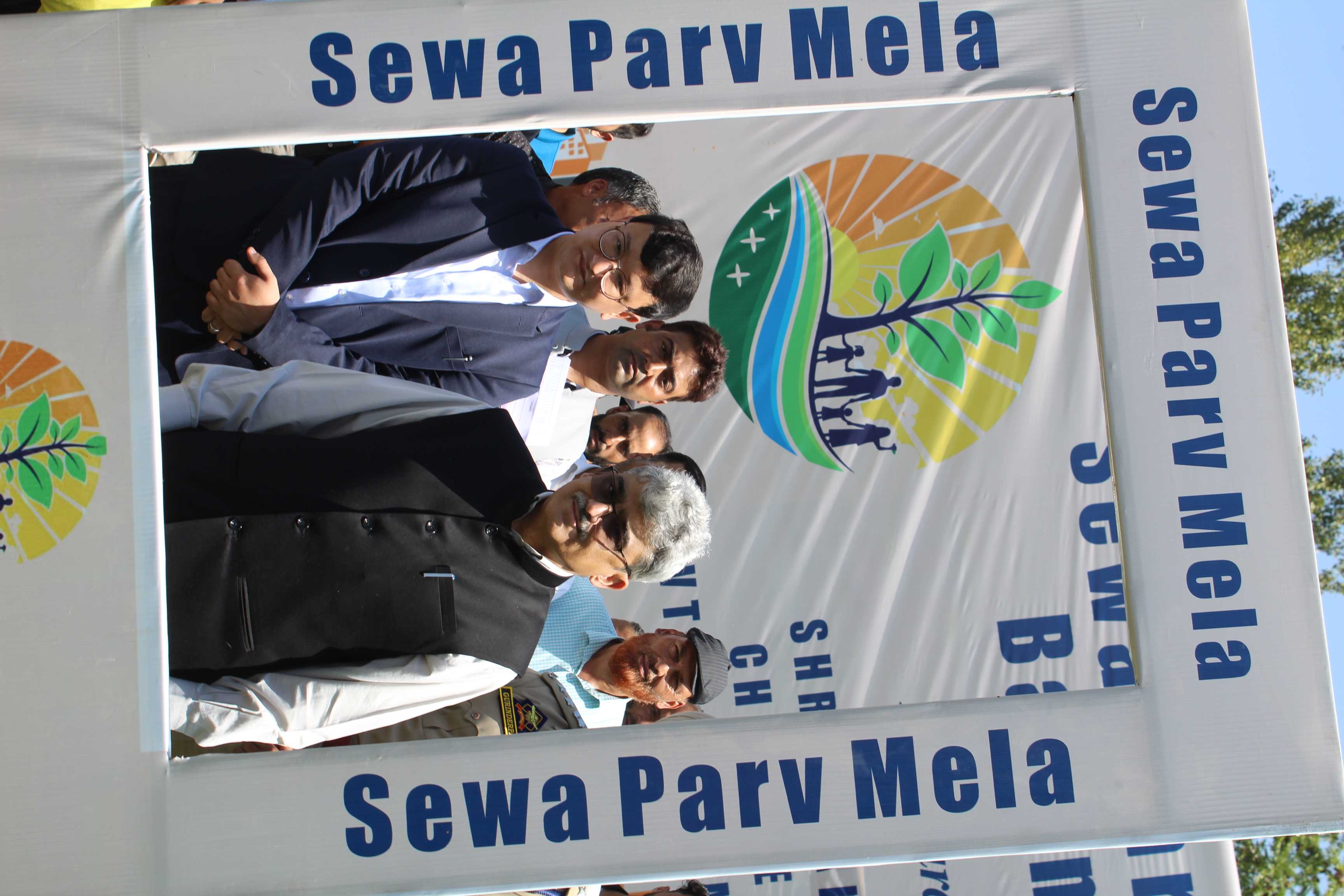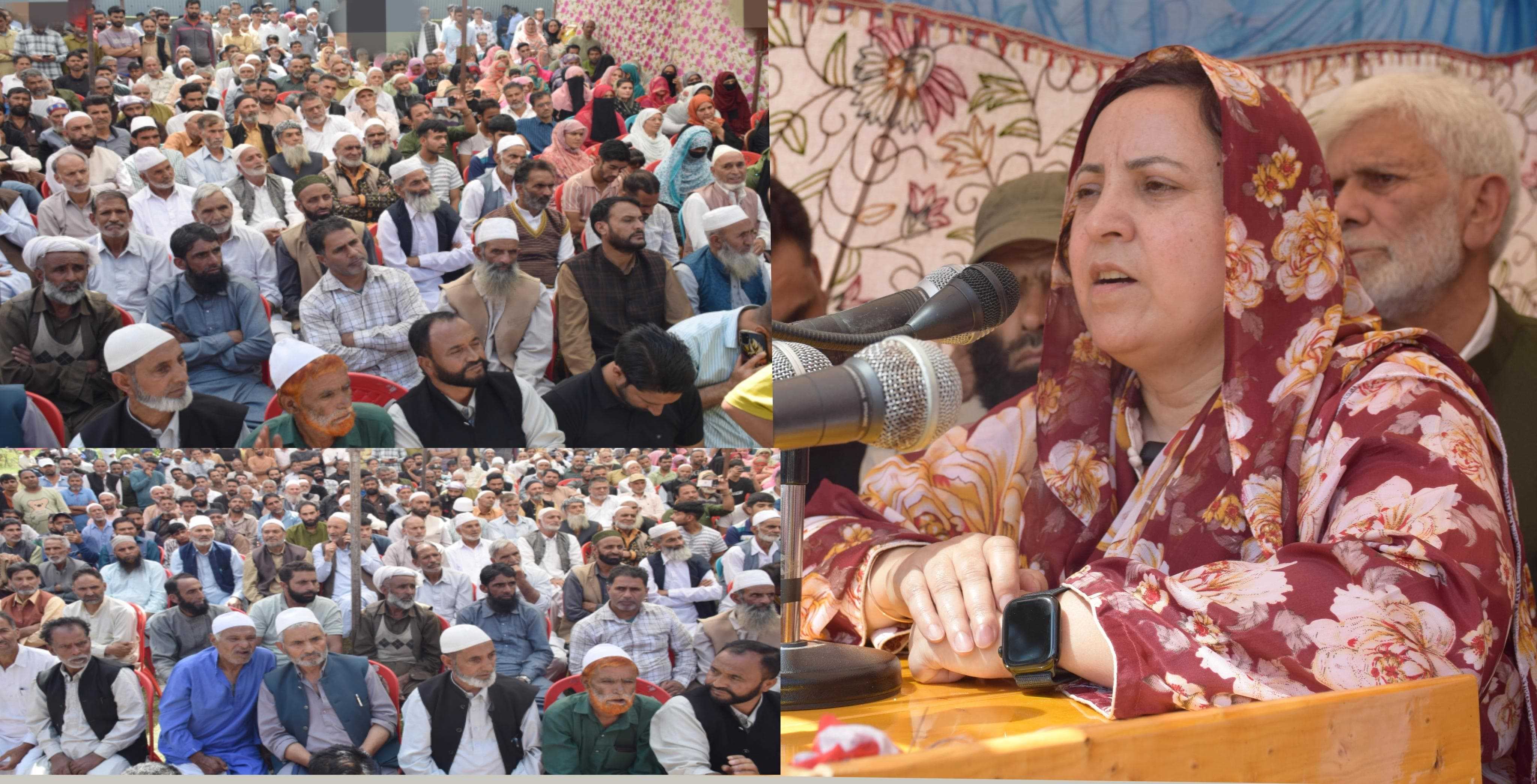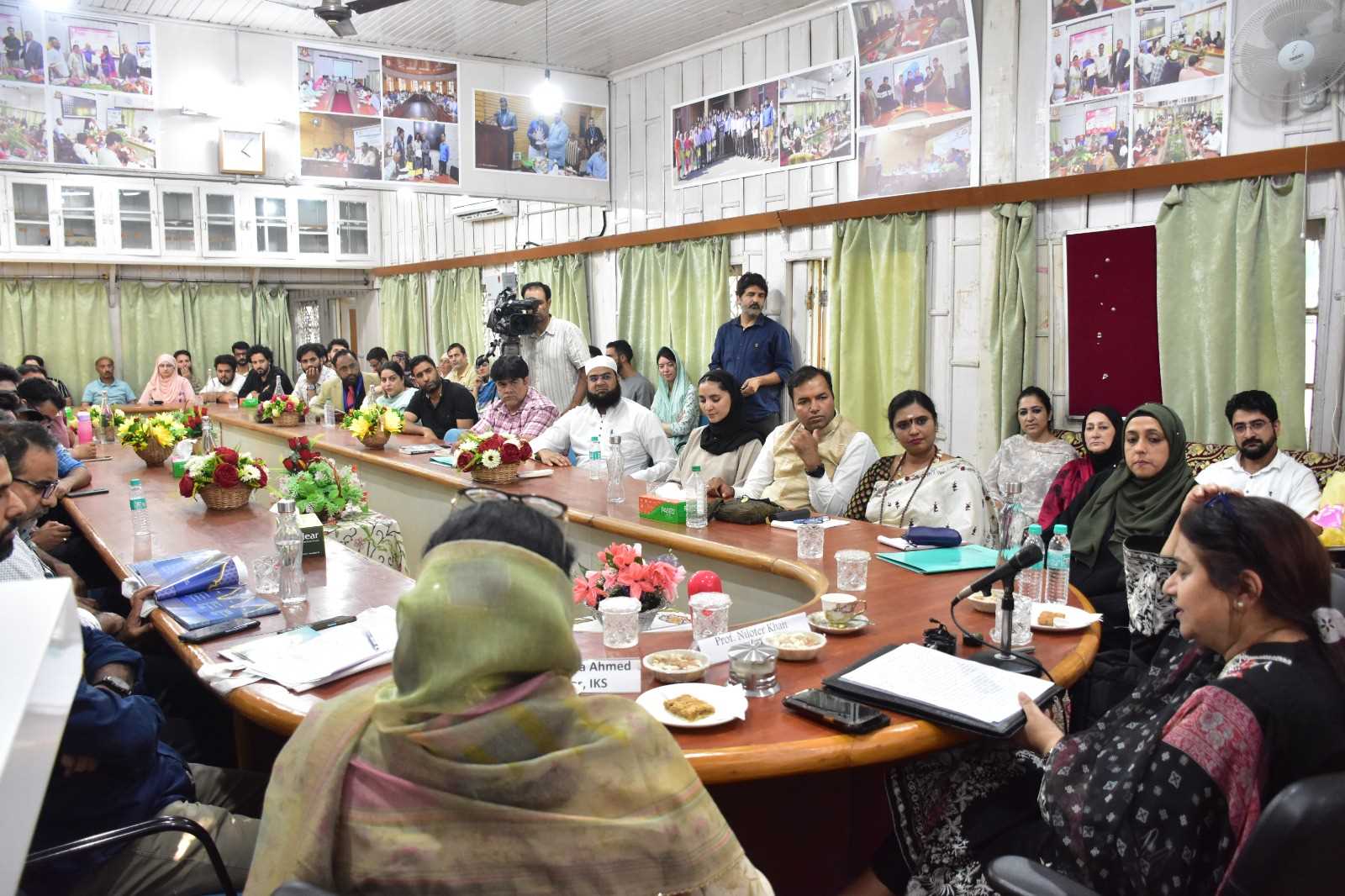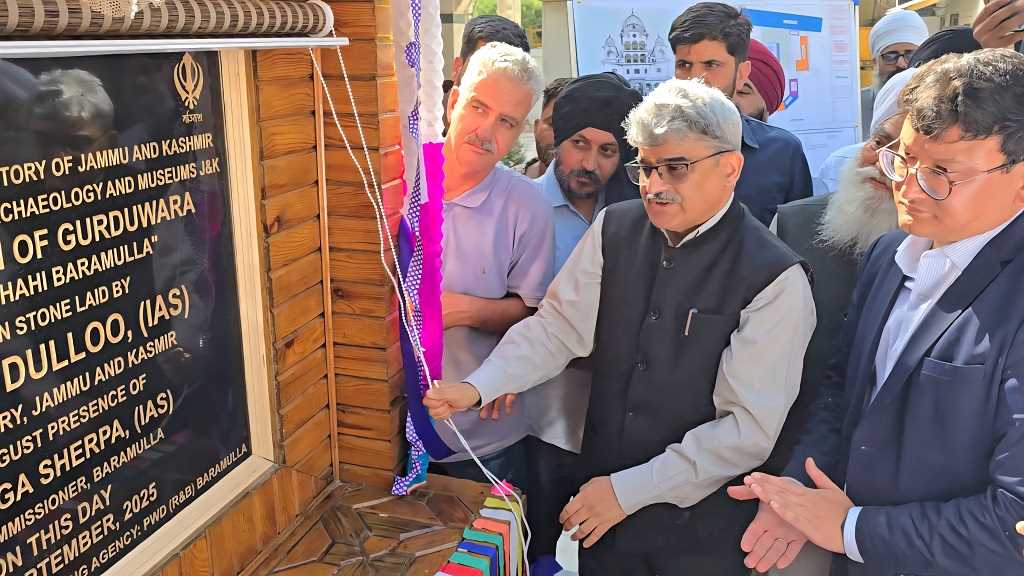The Indian education system has observed many changes since pre and post-British rule till today. We have seen it evolve from the Gurukuls and Madrasas to Modern Educational Institutions. For any country to develop and prosper, education needs to be the primary focus. Improved education in a country simply means better human capital. Over so many years, the education system in India has been modified with the most recent developments under NEP 2020. It has made Experiential Learning a Priority apart from focusing on a blended model of internships and vocational training. However there are still many loopholes and problems which need to be addressed. Still many students are unable to have basic education, lack of autonomy and control remains the central problem, there is no skill based and passion based education, education is costly and opportunities are less etc. The country after several decades of Independence introduced the ‘Right to Education Act’ making education free and compulsory for every child from 6 and 14 years. Earlier education was a state subject and the Government of India (GoI) had a limited role in coordinating and deciding the various aspects of standard education at the higher education level. This was later changed in 1976 with an amendment that put it under the concurrent list. The education system in India has been divided into major 4 categories: pre-primary, primary and secondary education and further higher studies. We have a national organisation that plays the role of policy-making called the National Council for Education Research and Training (NCERT) which establishes the National Curriculum Framework. Under NCERT, the State Council Education Research and Training (SCERT) acts as a counterpart. Higher education in India is looked at by the University Grants Commission (UGC).
The education system in India is said to have varied differences compared to the foreign education system in almost every sphere. It ranges right from academic autonomy to the teaching-learning methods to the selective and elective theory. The Indian education system is based on theoretical learning rather than practical learning which remains the primary focus of foreign education. Students are encouraged to assimilate the information rather than explore the same. Foreign education (schools and universities) prioritise academic autonomy, unlike Indian universities. Many other issues that are there include the cost of education, scholarships, admission criteria, job opportunities, subject and elective choices etc. Here the world-renowned German Educational System must be considered which is highly accessible, affordable and well organised and lasts till 18 years of age for a student in school. The system is divided into Hauptschule (secondary general school for grades 5) Realschule (more practical secondary school for grades 5 through 10) Gymnasium (more academic secondary school for grades 5 through 12 or 13) Gesamtschule (comprehensive school for grades 5 through 12 or 13). The students are free to choose their course of study after completing the education of basic grades. This creates a creative young population as they are allowed to showcase their calibré and talents by getting absorbed in their respective fields of interest. The country of India can also adopt a replica of this model to improve the system.
Current Problems in Education in India
Expenditure
The budget should be allocated in such a way that more funds are allotted for the development of the education system in India. This is a challenge for the development of human capital.
Infrastructure: The infrastructure must be improved in government schools. The government must focus on digital education and must undertake steps for necessary facilities.
PPP
Innovations must be boosted through Public-Private Partnerships.
Student-teacher ratio
The students in particular institutes are way more than the required teachers to teach them. There must be a balance that must be maintained for this ratio.
Students Studying Abroad
Many students are preferring to study abroad because of the poor education quality in India. This must be improved.
Job-related issues
The education system must align with job opportunities. In most cases, youth don’t get an education that will help them get jobs in the future because it’s usually unfocused.
Diverted Goals
The subjects that a person studies till high school are usually not of interest to the students and the actual interest of the students gets wasted.
Indian Education System and the Solutions:
Innovation: Indian schools and universities must move forward with a digital mode of education lined with book learning methods. Innovation is important for developing young innovative minds further.
Quality of education
The quality of education must be improved by focusing on practical learning rather than just focusing on theoretical learning. Steps to standardise education are important to improve the quality.
Affordable Education
The government must focus on making education affordable for all Indians but infrastructure and quality must be maintained.
There lies a large scope to better the quality of education in India. The country has a potential youth which must be carved in a way that doesn’t waste the pillars of tomorrow. Taking into consideration various issues that the country is facing and finding ways to improve them plays a major role in making the education system better. NEP 2020 aims at improving the quality of education in India and also aims at increasing the Gross Enrollment Ratio. A lot has to be done to make education ameliorate in India.
Email:----------------tubanaquib@gmail.com



